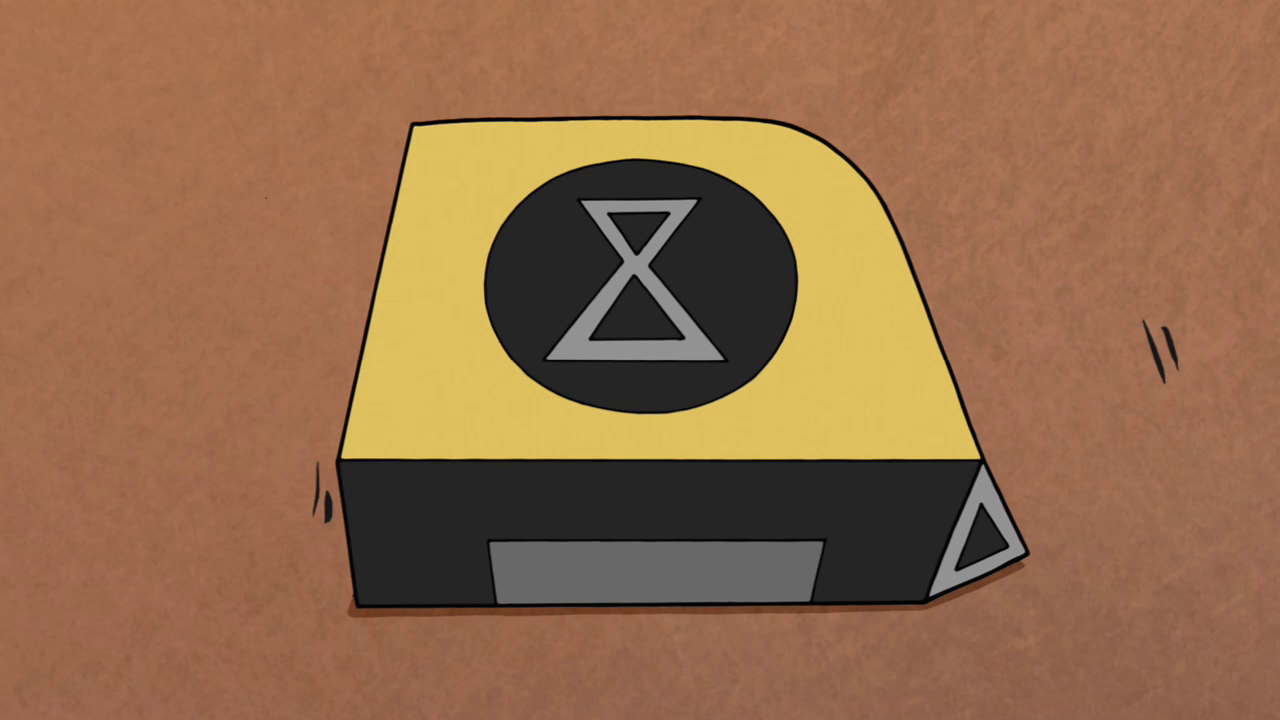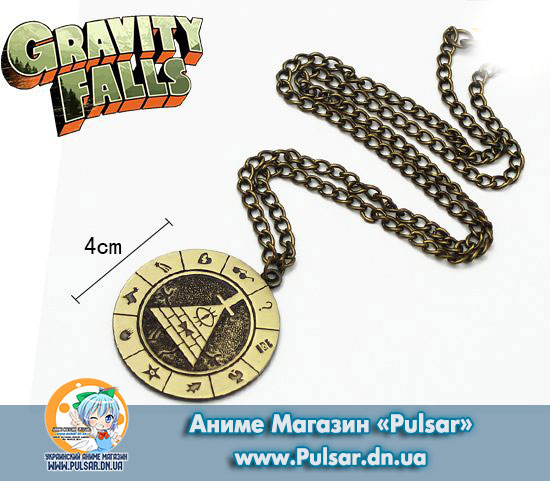

(If you use tape, you might be able to easily take apart your machine if you decide you want to modify it later using glue might make this trickier-but you can build additional machines if necessary.) One cup should be directly below the grate to collect the smaller marbles as they fall through, the other cup should be at the lower end of the grate to collect the larger marbles. Use plastic cups, other craft sticks, paper, glue and tape to build a support structure for your grate to hold it at an angle above two plastic cups.The gaps between the sticks should be large enough that the small marbles can fit through them, but small enough that the large marbles do not. Glue several craft sticks together to form a grate, as shown in the illustration.The procedure will describe one possible approach, but don't be afraid to modify it or try your own idea! This is an engineering design project, meaning there is no single "right" way to do this. The goal of this project is to build a machine where you can pour a mixed cup of large and small marbles into one end and have the machine automatically sort them into two different cups by size.Shake or stir the cup to make sure the marbles are well mixed. Pour a mixture of both large and small marbles into a single plastic cup.A diameter of 12 mm or roughly 1/2-inch works well.

A few dozen "large" marbles, or plastic or wooden beads from a craft store.A diameter of six millimeters, or roughly 1/4-inch, works well.

A few dozen "small" marbles or plastic or wooden beads from a craft store.In this project you will make use of that last feature to separate marbles with two different diameters. Smaller objects can fall through holes in a grate while larger objects get stuck on top of it. Some might have smooth, round shapes that let them roll easily (such as a ball) and others might have irregular or flat shapes that make them get stuck easily (such as a flat piece of cardboard). Objects have many different sizes and shapes. Some will be easily blown away by a strong puff of air, while others are heavy enough to stay put. Materials have different densities-meaning some will float in water and some will sink. For example, some materials are magnetic and some are not, so you can use magnets to separate magnetic and non-magnetic materials. How exactly do machines separate all these different materials? They make use of the fact that different objects and materials have different properties. Many recycling facilities have machines that can automatically separate paper, plastic, and metal objects-meaning that if your town has single-stream recycling, you can just dump all your recyclables into one bin at home, without sorting them yourself! Today, huge industrial machines are used to separate valuable gems and minerals from other rocks and dirt.
#DOWNFALL GRAVITY LAB MACHINE WITH PAPER TAPE MANUAL#
Early miners would use a manual process called panning to separate gold nuggets from dirt and sand in a pan. It might not be that difficult to sort a pocketful of coins manually, but what if you worked at a bank and had to sort thousands of coins? It would be nice to have a machine to do it! Mining is another example. They automate a task that would be time-consuming or even impossible to do by hand. Sorting machines are used in many different applications, but they all have something in common. In this project you will build a machine that can automatically separate two different size marbles-powered by nothing but gravity! Have you ever used a coin-sorting machine to separate pennies, nickels, dimes and quarters? When you need to separate things that are all mixed together, using a machine can be much faster than picking them apart by hand.


 0 kommentar(er)
0 kommentar(er)
